Asphalt roofs are popular in many regions because of their low cost and easy installation. But can you collect rainwater from an asphalt roof? The answer may surprise you. Luckily, we have done some research on how this works.
If you have an asphalt roof, you can actually collect rainwater from it! All you need is a rain barrel or some kind of container to catch the water in. The water that runs off an asphalt roof is actually really good for plants because it's free of chemicals and pollutants. Just make sure that the barrel or container you're using is clean and has a lid to keep out debris and insects.
Keep reading for tips on how to collect rainwater from your asphalt roof! Learn more about the benefits of collecting rainwater from an asphalt roof and how to get started.

Is It Good to Collect Rainwater From an Asphalt Roof?
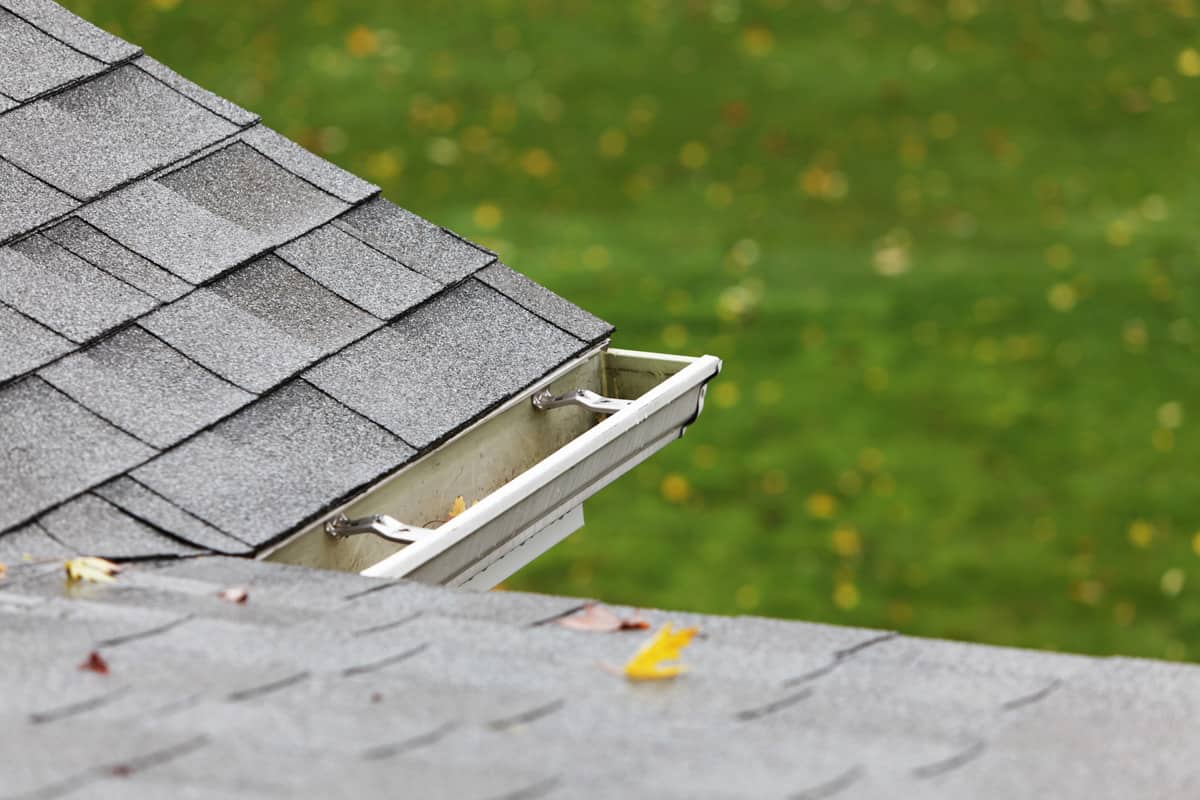
You can collect rainwater from an asphalt roof! In fact, asphalt is one of the best materials for collecting rainwater because it is non-porous and does not absorb water. This means that all of the rainwater that falls on your roof will be collected in your rain barrel or cistern.
The water that runs off an asphalt roof is actually really good for plants because it's free of chemicals and pollutants. Asphalt shingles are coated with a layer of asphalt, which acts as a barrier to keep out pollutants. This means that the rainwater that you collect from your roof will be d clean, making it perfect for watering your garden or filling your swimming pool.
Asphalt roofs are also quite durable, so you won't have to worry about them leaking or collapsing under the weight of the water.
What Are Some of the Benefits of Collecting Rainwater From an Asphalt Roof?
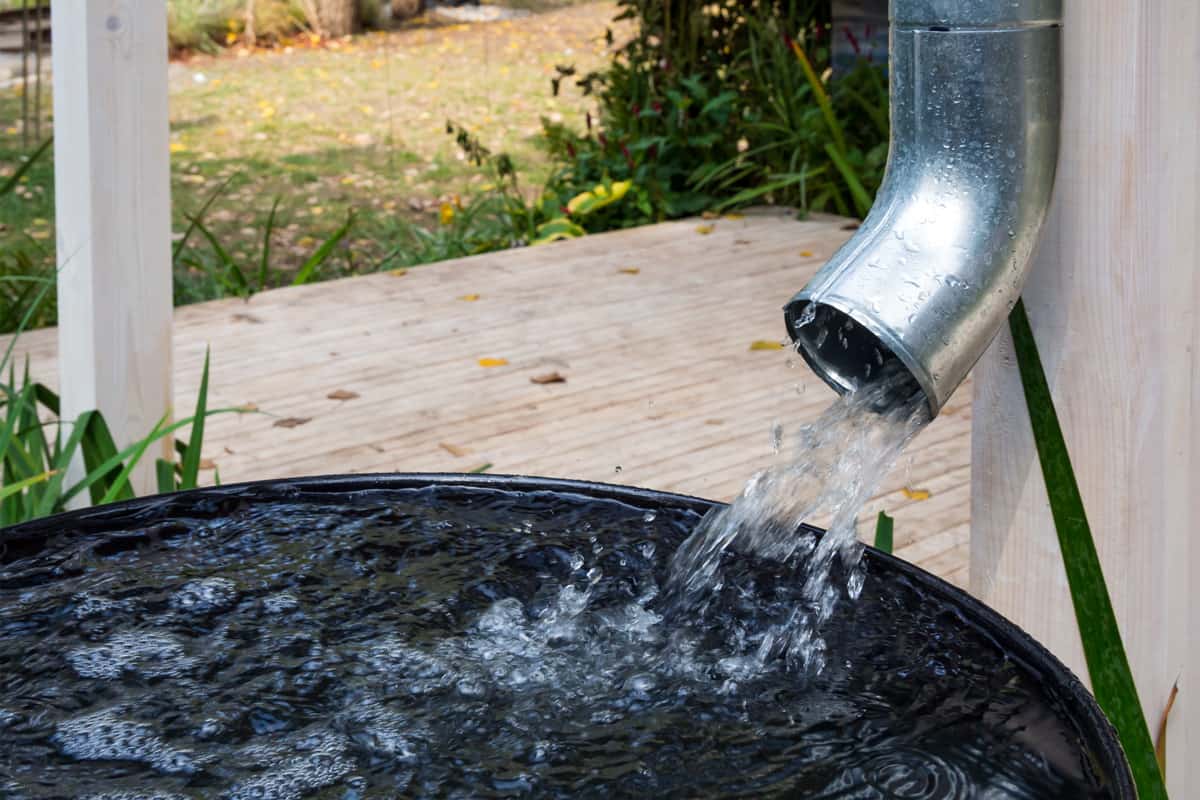
Most people are aware that rainwater is a valuable resource, but they may not realize that it can be collected from an asphalt roof. Here are five benefits of doing so:
Source of Water
Rainwater is a clean and natural source of water. It doesn't contain any of the chemicals or pollutants that can be found in tap water, making it ideal for watering plants or washing your car.
Saves Money
Collecting rainwater can help to reduce your water bill. With a little bit of planning, you can use rainwater to meet most of your household needs, which can save you money each month.
Conserve Water
Rainwater harvesting helps to conserve water. By using rainwater for tasks like watering the garden or washing the car, you can minimize your impact on the environment.
Keep Your Roof Well-Maintained
Collecting rainwater from an asphalt roof can extend the life of your roof. The rainfall will wash away any dirt or debris that has accumulated on the surface, which can help to prevent premature wear and tear.
Perfect For Emergency Purposes
Rainwater from an asphalt roof is ideal for firefighting purposes. If there's a fire in your home, you'll have a ready supply of water to help extinguish it.
How Can You Collect Rainwater From an Asphalt Roof?
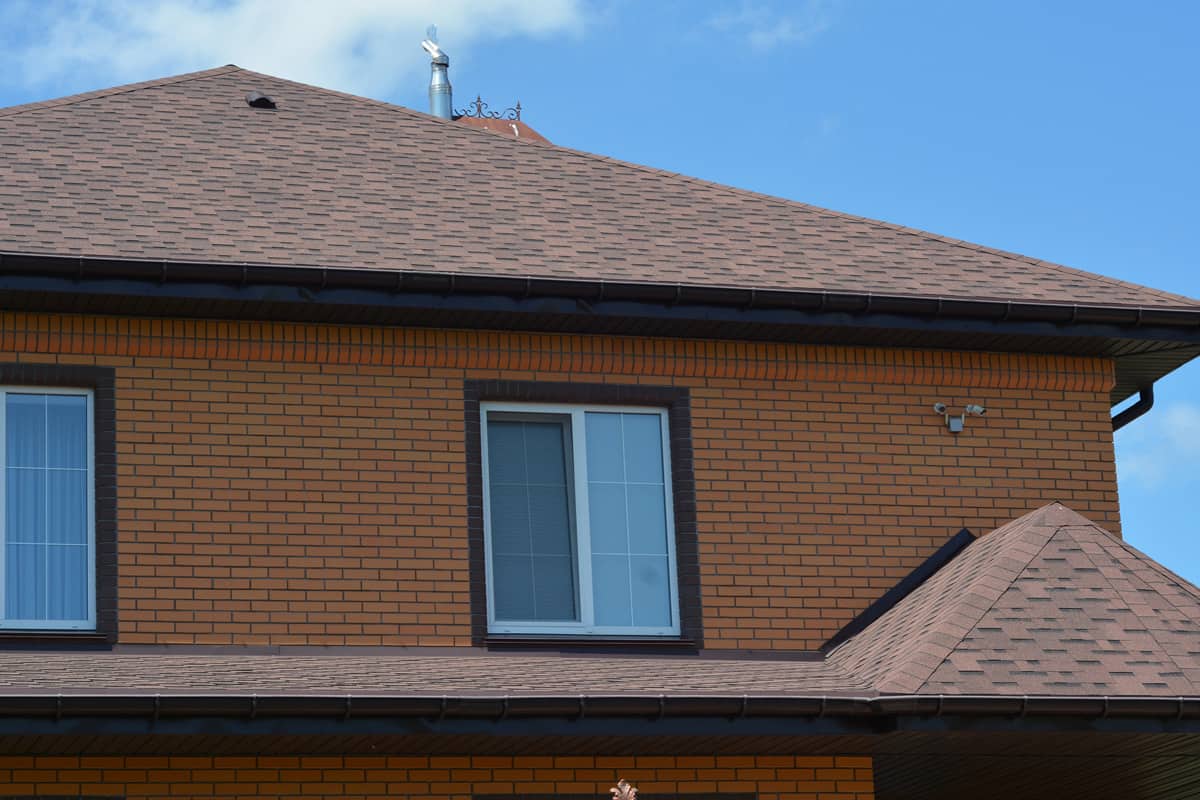
As the world becomes increasingly industrialized, it is important to find ways to conserve our natural resources. One way to do this is to collect rainwater from an asphalt roof. While this may sound difficult, it is actually quite simple. Here are six steps to get you started:
- Firstly, you will need to purchase a rain barrel. Make sure that the barrel is big enough to hold the amount of water you want to collect.
- Place the rain barrel underneath your downspout. This will ensure that the water flows directly into the barrel.
- Once the rain barrel is in place, cover it with a mesh screen. This will keep out leaves and other debris.
- When it rains, the water will flow into the rain barrel through the screen. Be sure to empty the barrel regularly so that it does not overflow.
- You can use the collected rainwater for watering plants or washing your car.
- Finally, remember to clean your rain barrel on a regular basis so that it does not become a breeding ground for mosquitoes or other pests.
By following these simple steps, you can help conserve our most precious resource – water!
How Much Rain Can I Collect?
One of the most important things to know about rainwater collection is how much rain you can actually collect. This depends on a number of factors, including the size of your catchment area, the intensity of the rainfall, and the amount of storage you have available.
To get a rough idea, think about an inch of rainfall. One inch of rainfall on a catchment area of 1,000 square feet will yield approximately 623 gallons of water.
If you live in an area with average rainfall and have a standard-sized storage tank, that's enough water to last your family for three days! Of course, you can always increase your storage capacity or catchment area to collect even more water.
What Are Some of the Disadvantages of Collecting Rainwater From an Asphalt Roof?
While there are many benefits to collecting rainwater from an asphalt roof, there are also a few potential disadvantages.
One of the biggest concerns is that asphalt roofs can contain harmful chemicals, such as heavy metals, which can leach into the water.
In addition, asphalt roofs and other roof can be a source of bacteria, mold, and other contaminants. If these contaminants are present in the water, they can potentially cause health problems if ingested.
Another potential downside to collecting rainwater from an asphalt roof is that it can be difficult to remove all of the sediment and debris from the water. This sediment can clog gutters and downspouts, and it can also reduce the efficiency of rain barrels and other storage containers.
Finally, wet asphalt can be slippery, making it important to take precautions when collecting rainwater from an asphalt roof.
How to Prevent Danger in Collecting Rainwater From Asphalt Roofs?
There are a few things you can do to minimize the dangers.
- First, make sure that your gutters and downspouts are clean and free of debris. This will help ensure that the water flows smoothly off the roof and into your storage container.
- Second, check your storage container regularly for leaks or cracks. Any leaks should be fixed promptly to prevent contamination of the rainwater.
- Don't drink the rainwater. It can be contaminated with pollutants from the atmosphere, making it unsafe to drink. Instead, collect rainwater in a rain barrel and use that to water plants, clean the backyard, and wash cars. Not only will you save water, but you'll also be helping to protect the environment.
- Finally, be sure to label your storage container clearly so that anyone who uses it knows that it contains rainwater.
By taking these simple precautions, you can safely collect rainwater from an asphalt roof.
What Other Roofs Are Safe for Rainwater Collection?
Asphalt roofs are a great option for rainwater collection, but there are a few other options to consider as well. While an asphalt roof is certainly safe for rain collection, there are a few other options to consider as well.
Metal Roof
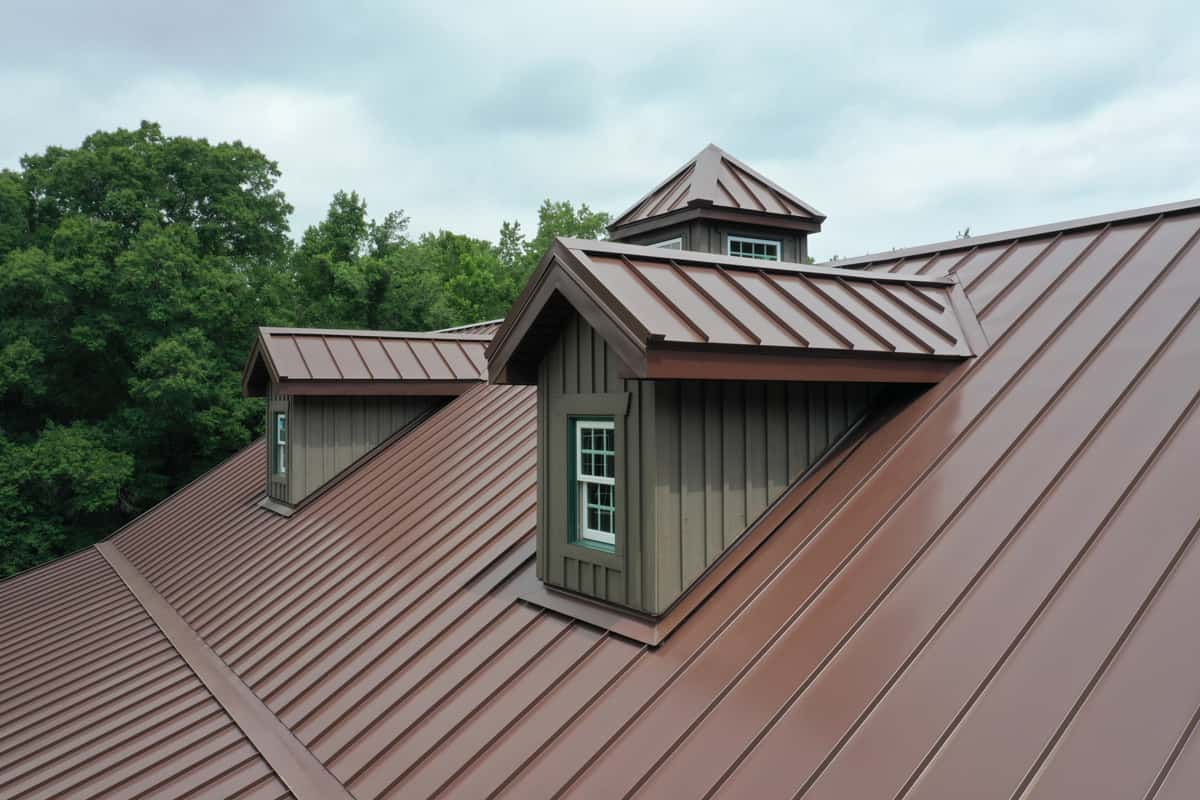
One option is a metal roof, which can be made from galvanized steel, aluminum, or copper. Metal roofs are extremely durable and will last for many years with proper maintenance.
Tile Roofs
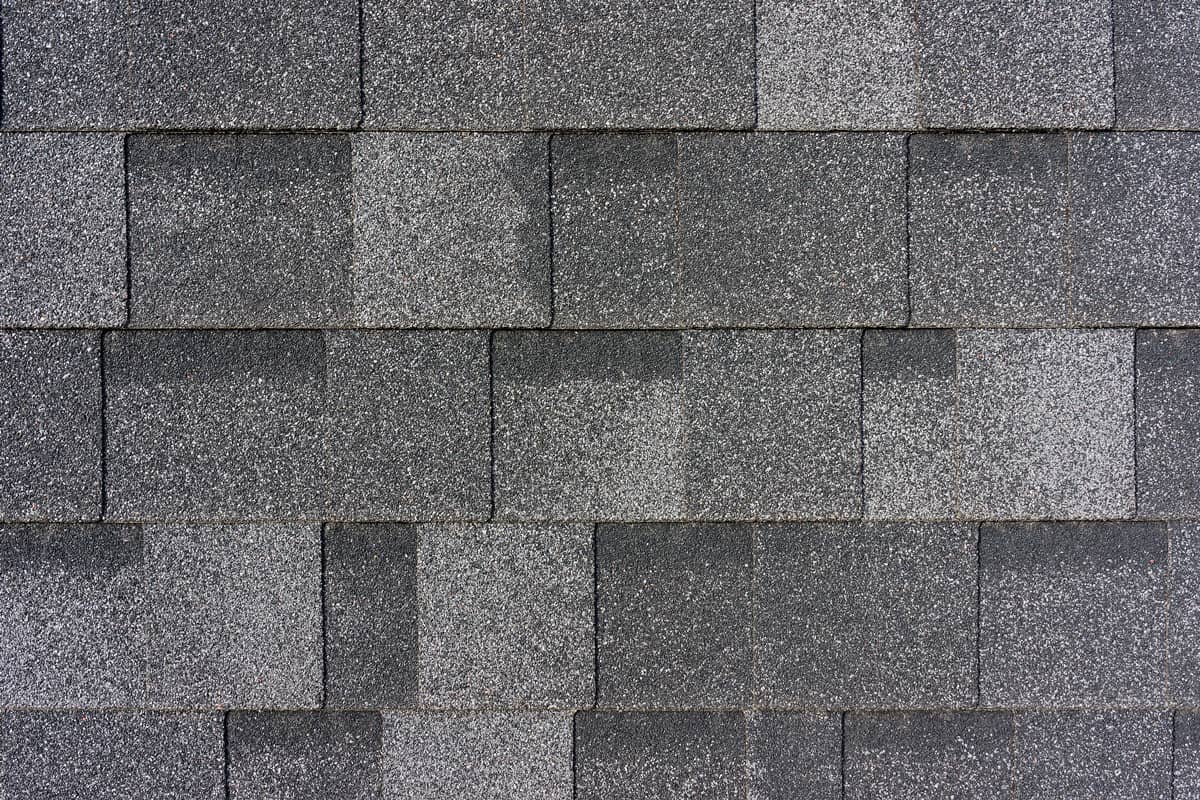
Another option is a tile roof, which is often made from concrete or clay. Tile roofs are also very durable, and they can provide an extra layer of protection against the elements.
Thatched Roofs

You may also want to consider a thatched roof, which is made from straw or grass. Thatched roofs are typically used in tropical climates, but they can be a good option for rain collection in any location.
No matter what type of roof you have, rainwater collection is a great way to conserve water and save money. By following the steps above, you can collect rainwater from an asphalt roof with ease. Give it a try today!
Final Thoughts
If you are interested in trying to collect rainwater from your asphalt roof, be sure to do your research and find a system that will work best for your home. There are many different types of systems on the market, so it is important to find one that will fit both your needs and your budget. And don’t forget – even if you have a rainwater harvesting system in place, always reach out to professionals to install one.
To get more tips on maintaining the style and quality of your house outside, check out our upcoming posts.




